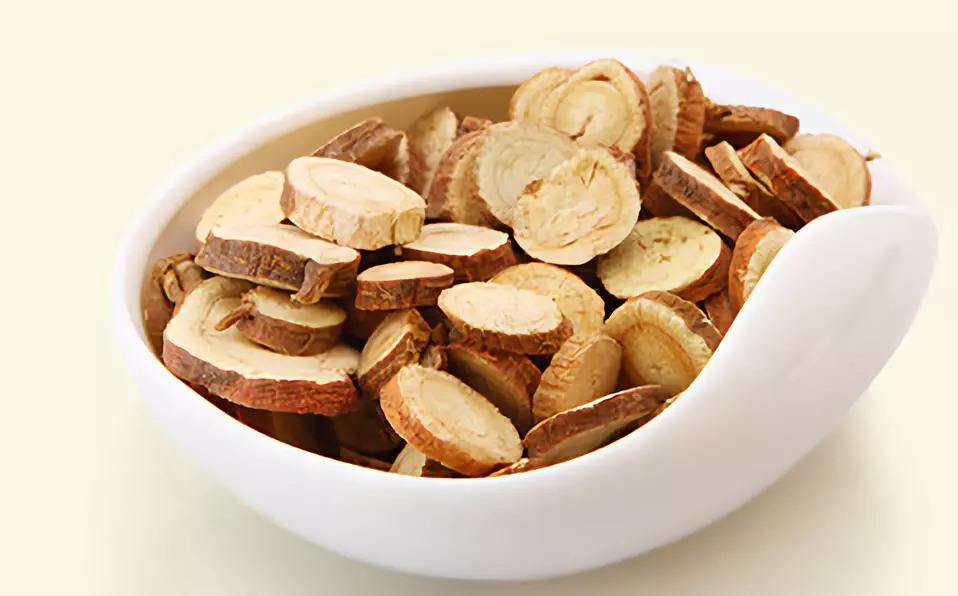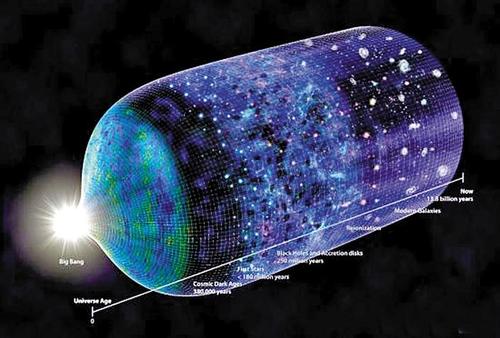
Stingless Bee Honey has Special Health Benefits
Advertisement
Associated professor Mary Fletcher, organic chemist at the University of Queensland, said local aborigines have long known that native stingless bee honey has special health benefits.
She said, “We tested honey from two Australian singles bee species, one from Malaysia and one from Brazil, and found that 85 percent of the honey they produced was trehalose, not maltose, as previously acknowledged.”
Doctor Fletcher said, trehalose are rare sugars with a low glycaemic index (GI) that have never been found in the environment before.

“Traditionally, stingless bee honey has been thought to be good for diabetics and now we know why - a lower GI means that sugar takes longer to be absorbed into the bloodstream, so it doesn’t go up and down as much as blood glucose levels. Interesting thing is that trehalose also doesn’t cause tooth decay.”
Dr Fletcher said the findings would boost the market for stinging bee honey and create new business opportunities.
She said, “Stingless bee honey is now selling for around 200 AUD a kilo, which is about the same price as Manuka honey and royal jelly.” The high commercial value also puts it at risk of being counterfeited, with people selling other honey as stingless bee honey, or diluting the product. But because of this research, we were able to identify the new sugar, which will help the industry develop food standards for bee honey. There are already proprietary methods of synthesizing trehalose using enzymes and bacteria, but our study shows that stingless bee honey can be used as a whole food on its own and can be used to process other foods to achieve the same health benefits.”
Advertisement
Because of the discovery, Dr Fletcher’s team have launched an entirely new research project which gets funded by AgriFutures in Australia and supported by the Australian Indigenous Apiculture Association.
There are about 500 species of Meliponini, which are found in most tropical and subtropical regions, neotropical, non-tropical and Indo-Australian regions.
Like the famous bee, the stingless bee society consists of a queen and numerous workers who collect pollen and nectar to feed the young bees.
Dr Fletcher said native stinging bees were becoming increasingly popular in Australia because of their ability to pollinate and their special honey.
As well as its health benefits, stingless bee honey is highly valued for its flavour, and is in high demand by chefs.
Advertisement
- Previous article
- How to see the World’s Most Profitable Dating App From Several Aspects
- Next article
- The Mysterious Blue Hole Under Water
Advertisement
OTHER NEWS

Eating a lot of black licorice candies can be fatal
BY Sara

Terrible Black Sludge After Vast Wildfires
BY Johnson

Is Walking Enough Exercise?
BY Jacqueline

Hearing the Shape of a Drum: From Digital Signal Simulation to the Shape of the Universe
BY Beverly

How Angelina Jolie Looks in Real Life
BY Earl

How to Get Free Wi-Fi Networks Correctly and Safely?
BY Beverly
RECENT NEWS
-

PUBG Mobile Esports Generated 200 Million Hours of Viewing in 2020
-

Mario Kart Tour Races to $200M revenue and 200M Downloads
-

Game Acquisitions Expand Globally in Q1 2021 with 280 Deals Worth $39 Billion Surpassing That in 2020
-

Free Fire Shows Strong Momentum, with Its Revenue Overtaking PUBG Mobile in a Single Market for Q1 2021
-

The Games Fund Launched a $50 Million Early Investment Fund to Invest in American and European Companies
-

How to Download and Install Wyze App for Free?
 1
1 1
1